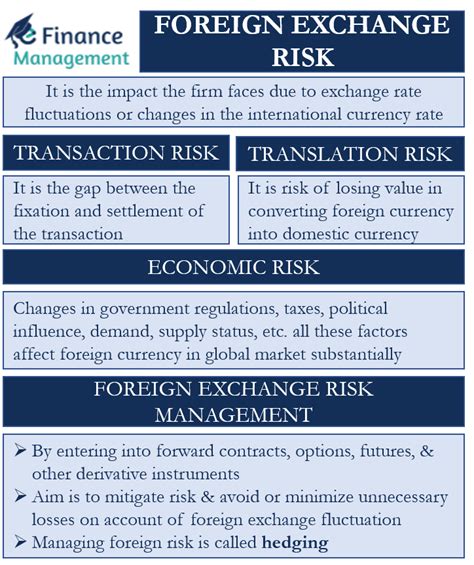Cryptocurrency Exchange Rate Risks and Their Impact on ERc-20 Projects
As the cryptocurrency market continues to grow in popularity, many investors have turned their attention to alternative projects that utilize blockchain technology. One such project is ERC-20, a token standard for decentralized applications (dApps) built on the Ethereum blockchain. However, with great potential comes great risk — specifically, exchange rate risk.
What is exchange rate risk?
Exchange rate risk refers to the fluctuation in the value of one cryptocurrency relative to another when trading pairs are opened and closed at different times. In other words, it is the difference between the selling price of a cryptocurrency on an exchange and its current market price. This can be particularly volatile in cryptocurrencies with high liquidity and limited supply.
ERC-20 Token Standard
ERC-20 is one of the most popular token standards used by decentralized applications (dApps) built on Ethereum. It is a standard for creating fungible tokens, meaning they have identical properties. ERC-20 tokens are issued in a number of different versions or “coins”, such as ETH, USDT and TRS.
The risks of exchange rate risk
Risks associated with exchange rates can be significant for ERC-20 token projects. Here are some examples:

: If you have an existing portfolio that includes other assets with high liquidity and limited supply, it may be more difficult to diversify your position in ERC-20 tokens.
Foreign Exchange Risk Mitigation
While currency risk is inherent to cryptocurrency trading, there are steps you can take to mitigate its impact:
Example: The Risks of ERC-20 Token Projects
Let’s consider an example of an ERC-20 token project called “NFT Token” (NT). NT is built on the Ethereum blockchain and offers unique NFTs for various digital collectibles. The project has been widely traded on several exchanges, with a market cap of $10 million.
As we can see, exchange rate risk can be significant in the context of ERC-20 token projects like NT. On the one hand, if the price of NT increases significantly due to increased demand and limited supply, this can result in substantial gains for investors. However, on the other hand, if the market prices of NT and its counterpart on another exchange are significantly different at the time of trading, this can result in significant losses.
Conclusion
Exchange rate risk is an important consideration for investors trading cryptocurrencies with ERC-20 token projects. While there is no foolproof way to eliminate this type of risk, being aware of the potential pitfalls can help you make more informed investment decisions. By diversifying your portfolio and carefully managing leverage, you can mitigate exchange rate risk and potentially profit from the growth of these innovative projects.
© 2022 – Potenza Building Material